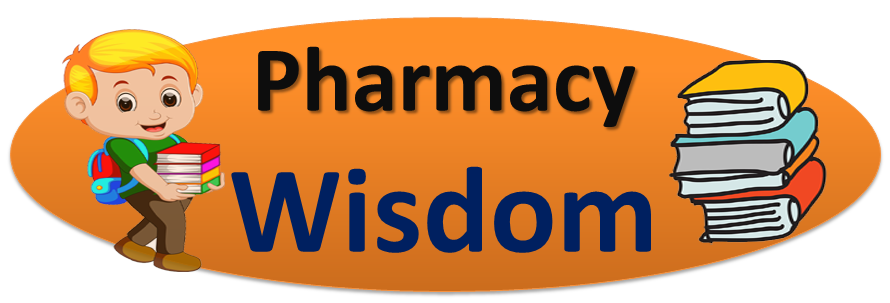Anti-tubercular drugs
Anti-tubercular drugs
Contents
Antitubercular drugs
• Classification
• Pharmacology of individual drugs
At the end of this lecture, the student will be able to:
• Describe the mechanism of action and pharmacokinetics of First line and second line anti-TB drugs
• Discuss the adverse effects and drug interactions of anti-TB drugs
• Explain the DOTS therapy based on WHO guidelines
Anti-tubercular Agents
• Tuberculosis is a chronic granulomatous disease
• In developing countries it is a major health problem
• 30% of world population is infected with M. tuberculosis infection
• In India > 2 million people develop active disease every year & half million die.
• Anti-tubercular drugs used in chemotherapy of tuberculosis, a disease caused by Mycobacterium tuberculosis
• Many drugs were developed to treat tuberculosis and they are often used in combinations to reduce the emergence of resistant strains of the mycobacterium
• Combination chemotherapy is also used in the treatment of leprosy, caused by Mycobacterium leprae
Classification
First-line (High efficacy, low toxicity)
– Isoniazid
– Rifampicin
– Ethambutol
– Pyrazinamide
– Streptomycin
Second-line (Low efficacy, high toxicity)
– Clarithromycin
– Ciprofloxacin
– Capreomycin
– Cycloserine
– Kanamycin
– Amikasin
– Para amino salicylic Acid
Isoniazid (Isonicotinic Acid Hydrazid)
• Isoniazid is an effective anti-tubercular drug and is essential component of all anti tubercular regimens
• It is more potent among the anti-tubercular drugs, but it is not used alone in treatment of active tuberculosis
• It acts on extracellular as well as on intercellular tubercule bacilli present within macrophages
Mode of Action
• Acts only on mycobacteria
• Interferes with mycolic acid synthesis (unique to mycobacterial cell wall)
• Passes freely to mammalian cell wall
• Effective for intracellular organism
• Bacteriostatic – to resting organism
• Bactericidal – to multiplying organism
Pharmacokinetics
• Well absorbed from GIT
• Fatty food & aluminium-containing antacids may reduce absorption
• CSF penetration: 20% of plasma concentration with non-inflamed meninges
• Penetrate well into caseous material
• Excretion – urine
• Plasma half-life 3 hrs
Adverse Effects
• Hepatotoxicity
– Elderly, slow acetylators more prone
• Polyneuropathy
– Prevented by concurrent pyridoxine
• Rashes, acne
• Heamatological – haemolytic anaemia in G6PD deficiency
Drug Interactions
• Absorption of Isoniazid is impaired if taken with food consisting carbohydrates or with aluminium-containing antacids
• It inhibits the metabolism of phenytoin, carbamazepine, diazepam and warfarin and raised their blood levels
• Para amino salicylic acid inhibits its metabolism and increases its metabolism
Rifampicin
• Rifampicin is semisynthetic derivative of refamycin B, obtained from Streptomyces mediterannei
• It is one of the most active anti tubercular drugs
• It is active against many other Gram-positive and Gram-negative bacteria
Mechanism of Action
• Rifampicin acts by inhibiting DNA- dependent RNA polymerase thus inhibiting RNA synthesis by suppressing the initiation step in prokaryotic but not in eukaryotic cells
• It also enters phagocytic cells and kill intercellular microorganism including tubercule bacilli
• It is the only drug which acts on the persisters
Pharmacokinetics
• It is well absorbed orally and is widely distributed in the tissues and body fluids
• It gives an orange tinge to saliva, sputum, tears and sweat
• The drug is taken up by liver and undergoes enterohepatic cycling
• The metabolite retains antibacterial activity but less absorbed from the GIT tract
• Mainly Excreted in bile and also in urine
Adverse Effects
• Unwanted effects are infrequent and include skin eruptions, fever and GIT disturbances
• The drug should be used carefully in patients with hepatic failure as it may lead to jaundice
Drug Interactions
• Rifampicin is an inducer of cytochrome P-450 enzymes and decreases the half-life of drugs such as warfarin, glucocorticoids, antidiabetic, oral-contraceptives leading to their failure
Anti-TB Therapy
• Multiple drugs are used to reduce the emergence of resistance
• Given as combination tablets
• Taken 30 min before the breakfast as absorption of rifampicin is influenced by food
• For pulmonary TB – 6 months treatment
• For renal, bone and CNS infection – longer treatment
Summary
• Isoniazid – bactericidal to rapidly dividing bacteria
• Rifampicin - kill intracellular bacteria
• Ethambutol – bacteriostatic against multiplying bacteria
• Pyrazinamide - kill dormant mycobacteria
• Adverse effects:
ü INH- Hepatotoxicity and Polyneuropathy
ü Rifampicin- inducer of cytochrome P-450 enzymes and decreases the half-life of drugs such as warfarin, glucocorticoids, antidiabetic, oral-contraceptives
ü Pyrazinamide- GI disturbances, Hepatotoxicity, gout
ü Streptomycin- Ototoxicity, vestibular toxicity, nephrotoxicity





0 Comments: